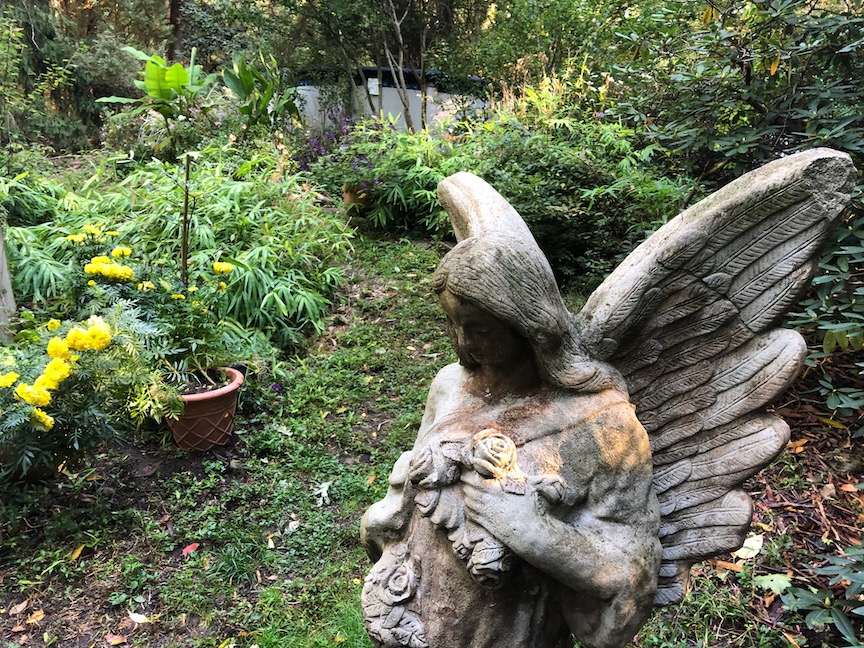
Every once and a while my wife peruses the television shopping networks featuring gardening items. That is — until I find my way into the room. As I came out of my office, she ran upstairs. I sat down to see the smiling hosts hawking tomatoes.
It started, for me, with a quiet mumble, watching the television salesmen display plants the size of small trees covered in bright red fruit. When she returned, my slow burn was rather obvious, and as they finally revealed the actual size of the seedlings being shipped, my wife asked, “is it a rip-off?”
The answer is obvious. But that doesn’t mean every plant or item on television is overpriced. It’s all about knowing what something is worth and then pulling the trigger.
It’s not just on television either. My heart sinks for gardeners who aren’t as well versed at the art of frugality when shopping for plants and other garden treasures.
Being raised by parents who lived through the depression and endlessly being reminded of the value of a buck has made me a gardening cheapskate, always looking for a discount. In fact, getting the deal is sometimes more thrilling than whatever has been purchased for the garden.
Here’s how to have an amazing garden on a budget.
Shop at a good, local nursery and let them know you are cheap like me. They’ll either get a kick out of it or kick you out the door!
When they know where you stand, you’ll be surprised what they might offer you.
Often times it’s a plant that fell off a bench, one that might have arrived a little tired and needs some TLC. There is a certain satisfaction to bringing a plant back to its former glory.
In the market for statues or other garden ornaments. There are always some broken items which in most cases can be easily fixed. I use a product called Goop to glue lots of things together. I recently picked up some busted ceramic items at my local nursery which will be fun to put back together.
I have angels with broken wings which have been reattached and even cherubs without arms overlooking the garden. Some visitors scratch their heads; others are reminded of ancient Rome — they get invited back.
Look for an area at the nursery that is filled with plants and garden items which for one reason or another are discounted.
Another way to save cash when acquiring plants is by buying them in smaller pots. This is especially effective with perennials. Look around the greenhouses in the back of the nursery for the same varieties sold out front in one-gallon pots, only these are in tinier containers. They will catch up to their larger siblings through the season, especially planted in rich soil, improved with compost.
The same technique works for shrubs and trees. In fact, many experts prefer to start smaller when it comes to both, as more diminutive versions hit the ground running when planted.
Starting from seed is another great money saver. This story delves into lots of the details, but here are the basics.
Flowers like nasturtiums, morning glories, cosmos, sunflowers, zinnias, bachelor’s button and more can be direct-sowed in May. A packet is inexpensive and all those flowers will put on a show when they begin to bloom this summer.
Vegetables like beans, squash, cucumbers, carrots, beets, radishes, lettuce, spinach, other greens and many others all grow wonderfully from planting directly in the garden when the time is right for each type.
As the season progresses, summer discounts for annual vegetables and flowers abound. In my garden, containers filled with spring pansies get tired in July and are replaced with these sale plants. One of the reasons to shop at a good nursery is knowing the plants have been cared for properly. One of the most important things they do is drag that hose around to be sure the plants are happy. Plied with water and fertilizer.
Visit the garden center often too, see what’s been sitting around for a few months, there will be something to be had.
There’s a period at the end of the gardening season where old plant stock needs to be moved, in favor of fresh perennials, trees and shrubs coming in for fall planting. That’s another opportunity.
Garden friends will also love to share or trade plants and seeds.
Remember also, most trees and shrubs can be planted all the way up until the ground freezes. It’s better for everyone to give the plants a good home, instead of the nursery having to overwinter them for another season in a greenhouse or healed in, the roots covered with mulch.
As the spring bulb season fades away in the garden, this is time to plan for what goes where in the fall. Take some photos, make some notes or drawings about areas that can benefit from early color. I know it seems strange to be planning for fall planting when spring is just unfolding, but it’s playing the long game.
In November the price of bulbs is cut in half, in December make a deal to buy everything left as long as they can be planted before a deep freeze. You might even get lucky like I did and find a new plant. There were hundreds of little Corydalis solida ‘Beth Evans’ bulbs left at a nursery last winter and they were happy to sell them to me for a song. I wasn’t familiar with the species, but love the genus in general, so there wasn’t anything to lose really.
I fell in love with the pretty pink spring blooms of this corydalis and discovered they will spread by seed every season too. Now how could you turn down a deal like that?
Shop smart, get some deals and whenever anyone visits the garden, remind them of exactly how clever you are when it comes to buying things for your garden. They might be persuaded to join Club Frugal too.
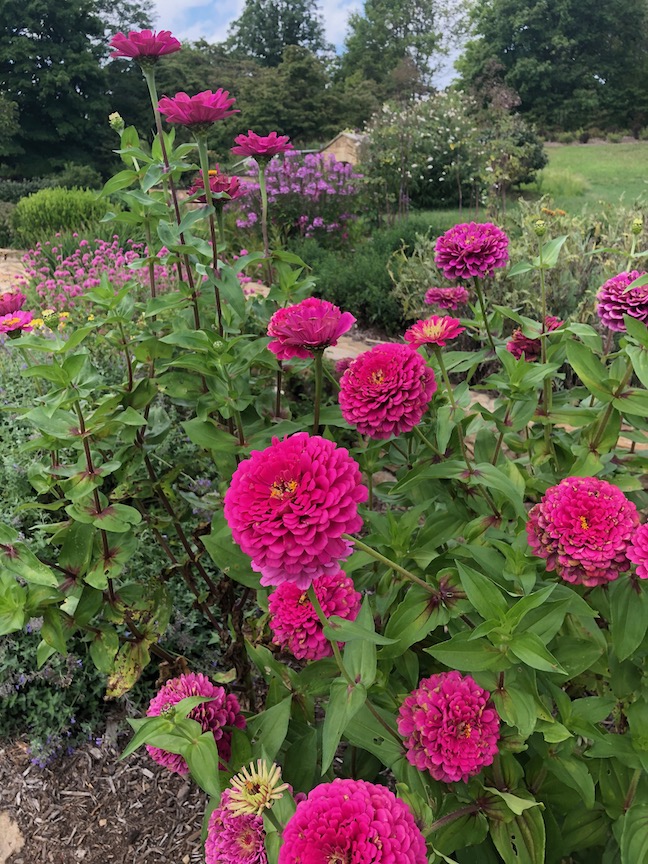
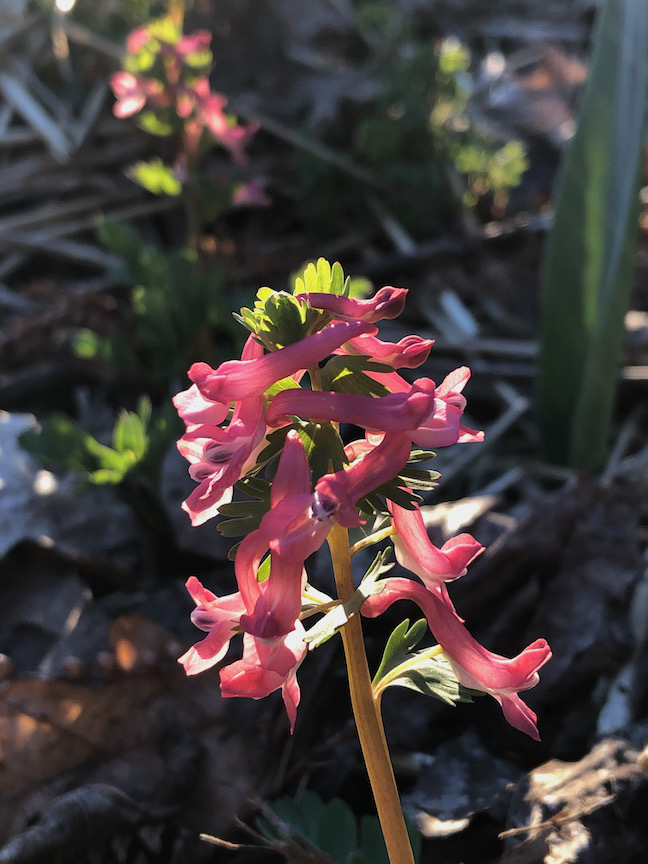
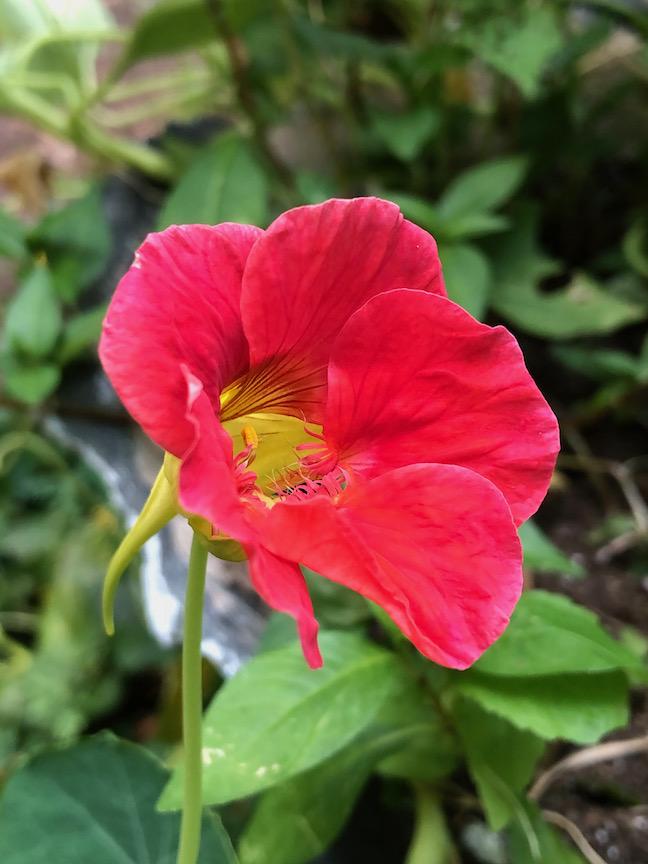
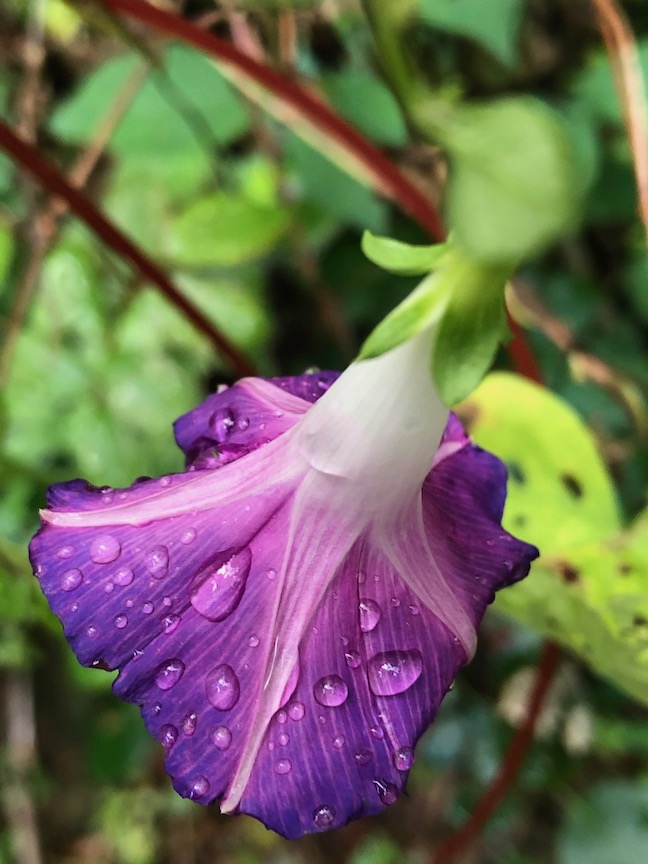
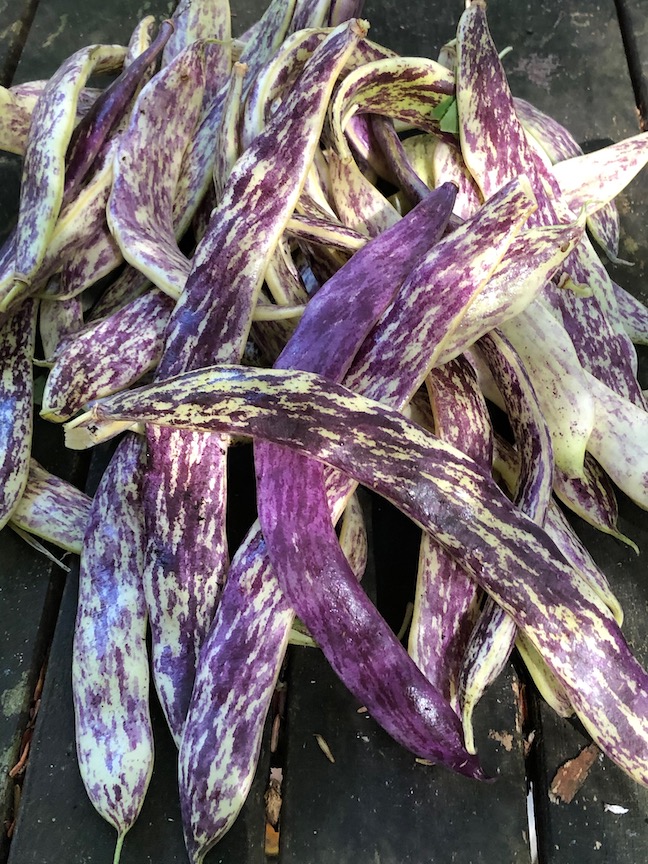
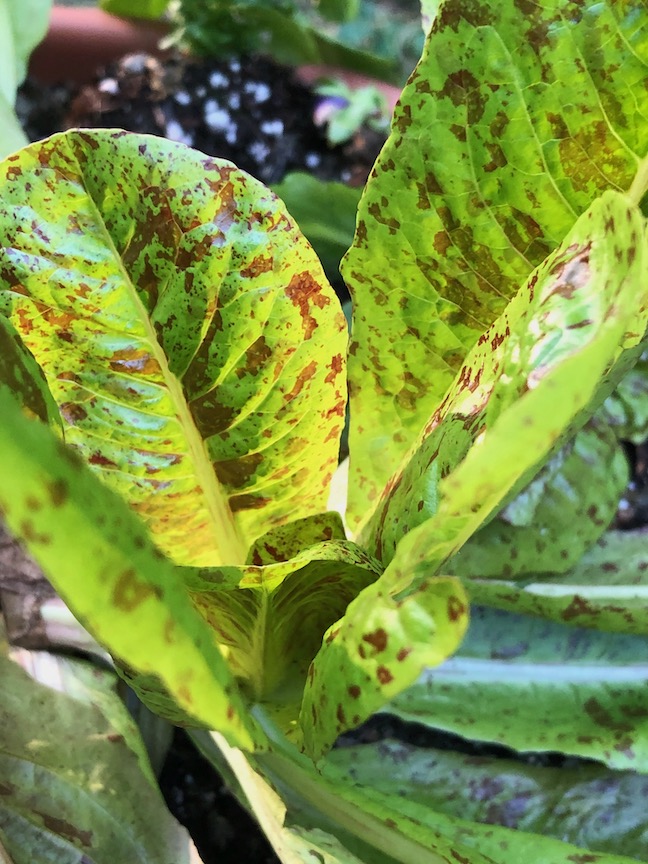

Leave A Comment